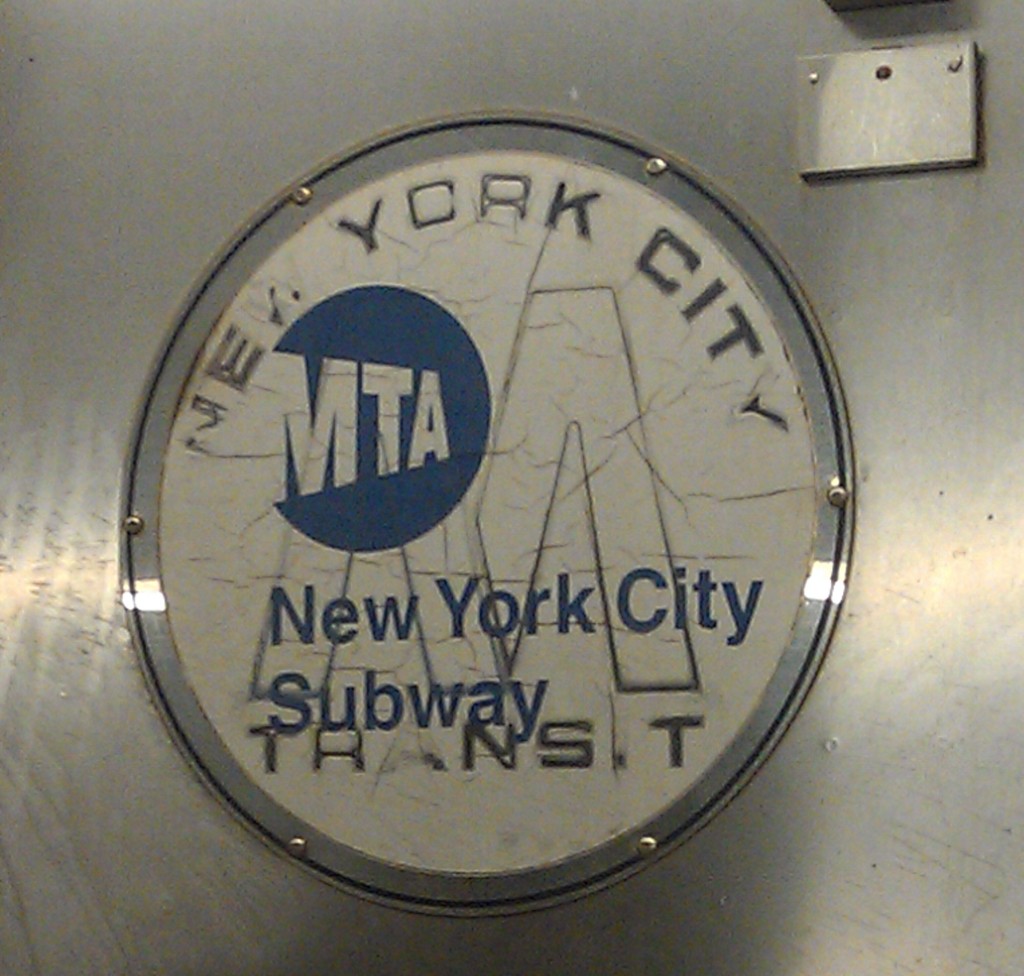The New York City subway system is one of our city’s defining characteristics. The subway is New York City’s circulatory system; without it, the city’s geography, population, and economy would never have reached today’s magnitudes. But the state government, which overtook the subways when they became insolvent as private enterprise in the 1960s, continues to neglect the needs of the system.
In late April, the New York Times ran an editorial to this effect. As everyone who follows the MTA knows, the agency has a $15 billion gap in its next capital budget. Many don’t know, though, that the MTA carries a $34 billion debt load, which grows every year under increased pressure to make debt service payments. The Times piece, which endorsed the sensible Move New York transportation overhaul plan, was tepid when it came to chastising those responsible for the chronic unmet needs of the system.
Who is to blame? The short answer is government officials at the local, state, and federal levels. They should all be ashamed of their negligence of the subways. But the largest share of that shame belongs in Albany.
The table below demonstrates the historic balance of sources of MTA capital funds. (“Capital” funds refer to those that cover physical infrastructure; the costs of running the system fall under “operating” expenses.) This interactive chart begins with data from 1982, which is when MTA savior Richard Ravitch instituted the agency’s first Five Year Capital Plan.
It is also helpful to zoom in on the most recent capital plan, which ran from 2010 through 2014. The following chart shows how the plan was budgeted–and how the budget changed halfway through as promised funding disappeared. Through some fairly creative accounting, the MTA was able to spin the loss of expected federal, state, and municipal dollars as a “savings” by shifting the burden to debt financing.
As you might imagine, the current funding practices are unsustainable. Service payments on its enormous debt load will soon prohibit the MTA from issuing more debt financing. Then what? State Assemblyman Jim Brennan has proposed creating a whole new funding agency for transportation infrastructure. Though having money is better than not having money, it is hard to see how this is more than a band-aid solution to a massive systemic and political problem.
The funding problems facing the MTA are not new, and they are not improving. Unfortunately, our elected officials pay lip service to the subways: Chuck Schumer, Bill de Blasio, Andrew Cuomo—they’ve all gotten their “I ride the train with the People” photo ops recently. Yet the actual governance of the agency is a hot potato. The governor says he knows how important the subways are, but doesn’t put his budget where his mouth is. The mayor calls for a new subway line in Brooklyn (which would be great!… if there were any way to pay for it) but hasn’t said a word about MoveNY.
Despite the presence of independent advocates like the Straphangers Campaign, Riders Alliance, Tri-State Transportation Campaign, and the MTA’s in-house Permanent Citizens Advisory Committee, officials continue to neglect the future of the city’s subways. It’s true, we’re not in the bad old days of track fires, breakdowns, and graffiti. With huge and growing ridership, politicians ignore the MTA at the risk of the city’s desirability, competitiveness, and economy–but not their own jobs. Eventually, though, someone will pay.
.
 Neil Reilly is a TBQ Blog Editor. He works as a policy analyst at Citizens Housing & Planning Council, and writes on data and urban social policy matters.
Neil Reilly is a TBQ Blog Editor. He works as a policy analyst at Citizens Housing & Planning Council, and writes on data and urban social policy matters.

